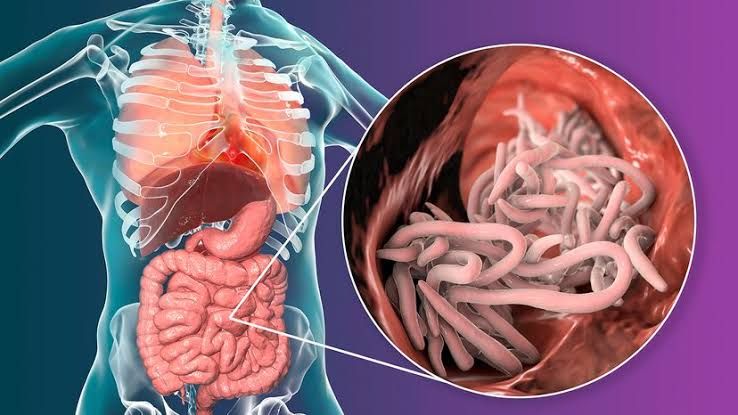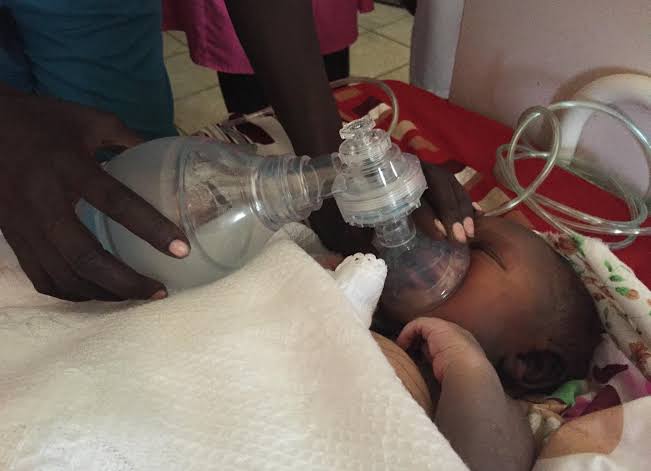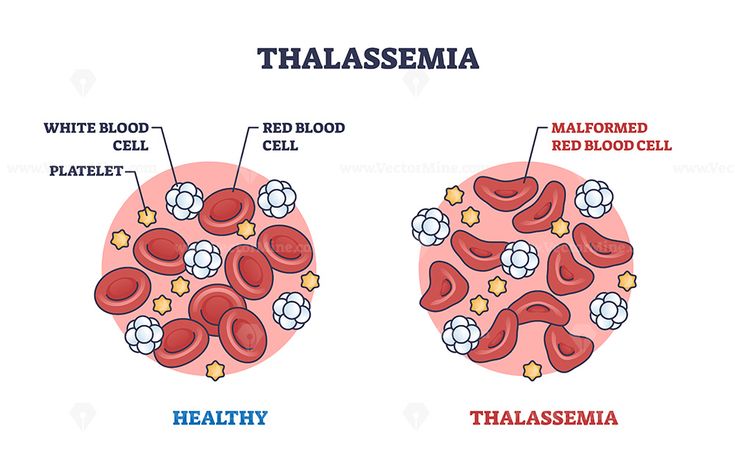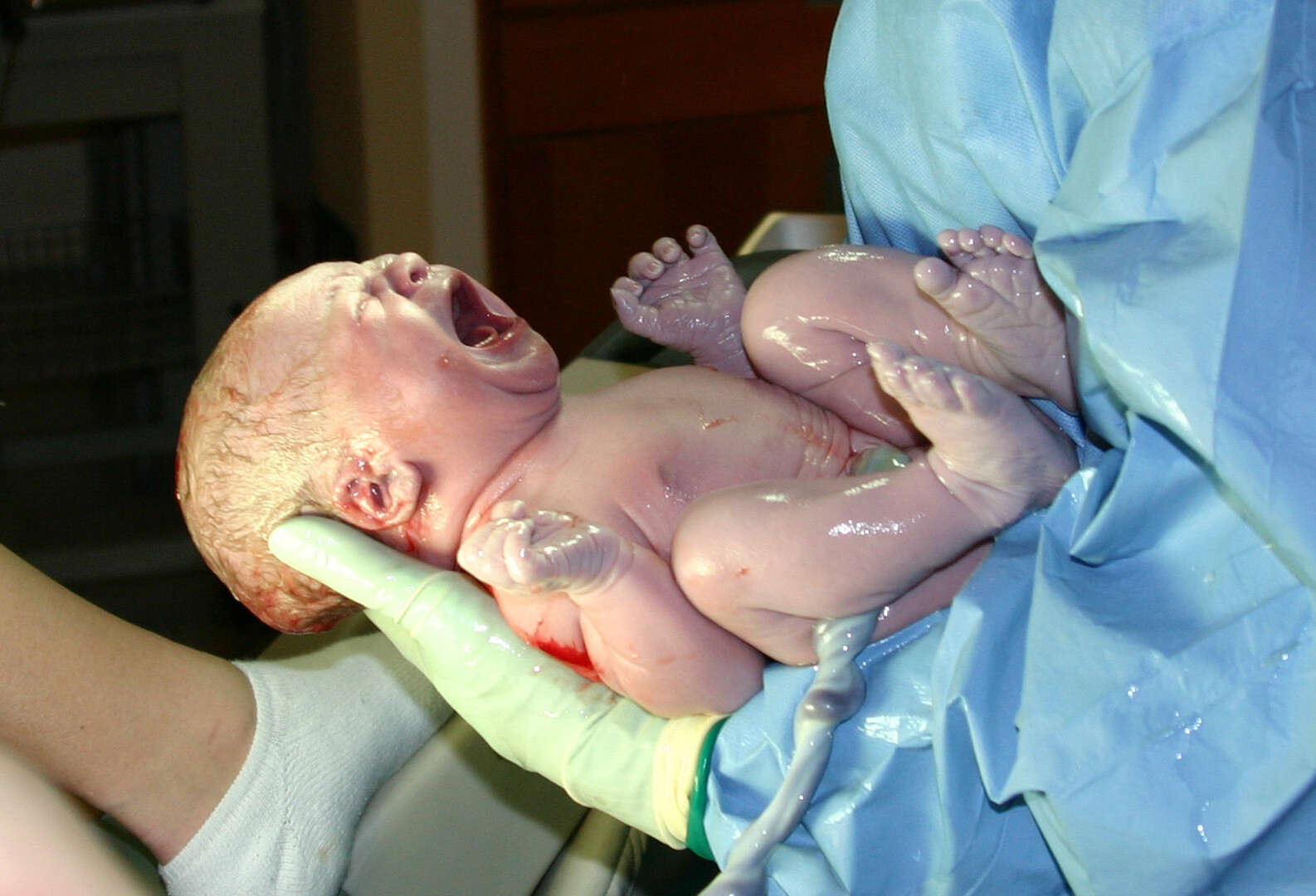
Helminthic infestations, commonly known as worm infections, remain a significant public health challenge globally, particularly in regions with inadequate sanitation, limited access to clean water, and poor hygiene practices. These infections disproportionately affect children, leading to various health issues ranging from nutritional deficiencies and growth retardation to severe complications.
Common Soil-Transmitted Helminths (STHs) and Enterobiasis
Common helminths encountered in many communities include:
- Ascaris lumbricoides (Giant Roundworm): The most common human helminth infection worldwide.
- Hookworms (Ancylostoma duodenale and Necator americanus): Significant causes of iron deficiency anemia.
- Trichuris trichiura (Whipworm): Can cause chronic debilitating symptoms in heavy infestations.
- Enterobius vermicularis (Pinworm or Threadworm): Extremely common, especially in children, and highly contagious within households.
These helminths have distinct life cycles but share common risk factors related to poverty, poor sanitation, and hygiene. They are often referred to collectively due to overlapping geographical distribution and similar control strategies.
Incidence and Etiologies
1. Incidence: Helminth infestations are highly prevalent in tropical and subtropical areas. Ascaris, hookworms, and Trichuris infect hundreds of millions of people globally, particularly in sub-Saharan Africa, the Americas, East Asia, and South Asia. Enterobius vermicularis has a global distribution and is especially common in temperate regions as well, often spreading easily in crowded settings like schools and families regardless of socioeconomic status, though it tends to be more prevalent where hygiene is poor.
2. Etiologies (How they are acquired):
- Ascaris lumbricoides: Infection occurs by ingesting infectious eggs found in soil contaminated with human feces, or on contaminated raw vegetables or fruits. Eggs require a period of maturation in soil (typically 2-3 weeks) to become infective.
- Hookworms (A. duodenale, N. americanus): Infection usually occurs when infectious larvae in contaminated soil penetrate the skin, most commonly through bare feet. A. duodenale can also be acquired through ingestion of larvae. Larvae develop in soil from eggs shed in human feces.
- Trichuris trichiura: Infection results from ingesting infectious eggs found in soil contaminate with human feces, or on contaminated food. Like Ascaris eggs, Trichuris eggs require a period of maturation in soil (about 2-3 weeks) to become infective.
- Enterobius vermicularis: Infection occurs by ingesting infectious eggs. Eggs are laid by adult female worms around the perianal area, typically at night. The eggs are easily spread from the perianal area to fingers (especially from scratching), clothing, bedding, toys, and other surfaces. Transmission is primarily feco-oral, often through self-infection (hand-to-mouth transfer) or via contaminated surfaces. Autoinfection (swallowing eggs picked up from the perianal area) and retroinfection (larvae hatching and migrating back into the anus) can also occur.
Clinical Features and Necessary Investigations
Clinical manifestations vary depending on the type of helminth, the intensity of the infection (worm burden), the age and nutritional status of the host, and the stage of the worm’s life cycle.
Clinical Features:
- Ascaris lumbricoides: Many infections are asymptomatic, especially with low worm burdens.
- Larval migration phase (through lungs): Can cause “Ascaris pneumonia” or Loeffler’s syndrome – symptoms like cough, wheezing, shortness of breath, low-grade fever, sometimes with eosinophilia.
- Adult worm phase (in intestines): Abdominal pain, nausea, vomiting, diarrhea, loss of appetite, malnutrition, weight loss, and impaired growth in children. Large worm burdens can cause intestinal obstruction, biliary obstruction, or migration of worms to other sites (e.g., mouth, nose, appendix).
- Hookworms:
- Larval penetration: “Ground itch” – an itchy rash at the site of larval entry, often on feet or ankles.
- Larval migration (through lungs): Mild cough or sore throat (less pronounced than Ascaris).
- Adult worm phase (in intestines): The primary symptom is chronic iron deficiency anemia due to blood loss from worms attaching to the intestinal wall. Symptoms include fatigue, weakness, pallor, shortness of breath, and in severe cases, heart failure. Abdominal discomfort or pain can occur.
- Trichuris trichiura: Often asymptomatic with low worm burdens.
- Heavy infestations: Chronic bloody diarrhea, abdominal pain, tenesmus (straining during bowel movements), weight loss, malnutrition, and iron deficiency anemia. In severe chronic cases in children, it can lead to growth retardation and rectal prolapse.
- Enterobius vermicularis: The most common symptom is intense itching around the anus, especially at night (pruritus ani). This is caused by the female worms migrating to lay eggs. Other symptoms can include disturbed sleep, irritability, loss of appetite, and sometimes vulvovaginitis or urinary tract symptoms in girls. Systemic symptoms are rare.
Necessary Investigations for Differential Diagnosis:
The mainstay of diagnosis for STHs (Ascaris, Hookworm, Trichuris) at the health post level is microscopic examination of a fresh stool sample.
- Stool Microscopy: This allows identification of the characteristic eggs of these helminths. The presence of eggs confirms the diagnosis. Quantitative methods (like Kato-Katz or McMaster technique, if facilities allow) can estimate the worm burden, which is important for assessing the severity of infection and planning treatment.
- Differential Diagnosis: Stool microscopy helps differentiate helminth infections from other causes of similar symptoms:
- Abdominal Pain/Diarrhea: Bacterial gastroenteritis (Salmonella, Shigella, E. coli), viral gastroenteritis, amoebiasis, giardiasis, irritable bowel syndrome, malnutrition. Stool microscopy for eggs helps rule in helminths, while clinical examination and sometimes other tests (if available, e.g., rapid tests for specific pathogens) would be needed to confirm other causes.
- Anemia: Iron deficiency anemia due to other causes (dietary deficiency, other chronic blood loss), malaria, hookworm is a major cause to specifically look for via stool test.
- Cough/Respiratory Symptoms: Pneumonia (bacterial/viral), bronchitis, asthma, tuberculosis. While Ascaris can cause pulmonary symptoms, other respiratory infections are more common and require different management. Clinical signs and sometimes chest X-ray (if available) help differentiate, but eosinophilia on blood count might raise suspicion of helminth migration in the lungs.
For Enterobius vermicularis, stool microscopy is not reliable as eggs are rarely found in feces.
- Cellophane Tape Test (Scotch Tape Test): This is the diagnostic method of choice. A piece of clear cellophane tape (sticky side out) attached to a tongue depressor is pressed against the perianal skin, usually in the morning before washing or defecating. The tape is then placed on a microscope slide and examined for the presence of Enterobius eggs. Multiple tests on consecutive mornings may be needed to detect infection.
- Differential Diagnosis for Pruritus Ani: Other causes of perianal itching include fungal infections, bacterial infections, dermatological conditions (eczema, psoriasis), hemorrhoids, or poor hygiene. The presence of Enterobius eggs on the tape test confirms pinworm as the cause.
Recommended Treatment at the Health Post Level
Treatment for common helminth infestations at the health post level primarily involves administering broad-spectrum anthelmintic medications. Albendazole and Mebendazole are the most commonly recommended drugs due to their efficacy, safety profile, and availability. Pyrantel pamoate is also used, particularly for pinworm and Ascaris.
Recommended Treatment Regimens (considering health post resources):
- Ascaris lumbricoides, Hookworms, Trichuris trichiura (STHs):
- Albendazole: 400 mg single oral dose (for adults and children ≥ 1 year, or as per national guidelines). Highly effective against Ascaris and hookworms. Less effective against Trichuris, but a single dose significantly reduces worm burden.
- Mebendazole: 500 mg single oral dose or 100 mg orally twice daily for 3 consecutive days (for adults and children ≥ 1 year, or as per national guidelines). Effective against Ascaris, hookworms, and Trichuris.
- Note: Single-dose regimens are often preferred in public health programs (like mass drug administration or school-based deworming) and health post settings due to simplicity and higher compliance.
- Enterobius vermicularis (Pinworm):
- Albendazole: 400 mg single oral dose.
- Mebendazole: 500 mg single oral dose.
- Pyrantel Pamoate: 11 mg/kg single oral dose (maximum 1g).
- Important: Due to the high rate of reinfection and transmission within households, it is strongly recommended to treat the entire household and close contacts simultaneously. A second dose is typically recommended 2-3 weeks after the first to kill worms that hatched from any eggs ingested since the first treatment.
- General Considerations for Treatment:
- Ensure non-pregnant individuals are treated. Consult guidelines regarding treatment during pregnancy; often postponed until after the first trimester or delivery, but risk vs. benefit must be weighed in heavy infections.
- Treatment generally has minimal side effects, usually mild gastrointestinal upset.
- Address associated conditions like anemia (e.g., iron supplementation for hookworm).
- Treatment is curative for current infection, but reinfection is common if preventive measures are not adopted.
Complications of Untreated Infestations
Untreated or heavy helminth infestations, especially STHs, can lead to significant health problems, particularly in children.
- Ascaris lumbricoides:
- Intestinal obstruction: A large mass of worms can block the intestines.
- Biliary or pancreatic obstruction: Worms can migrate into bile or pancreatic ducts.
- Malnutrition and growth stunting: Worms consume nutrients and impair absorption.
- Cognitive impairment: Due to malnutrition and direct effects.
- Severe Loeffler’s syndrome: Though rare, heavy larval migration can cause life-threatening respiratory distress.
- Hookworms:
- Severe iron deficiency anemia: Can lead to chronic fatigue, poor physical and cognitive development in children, pregnancy complications, and heart failure in severe cases.
- Protein loss and malnutrition.
- Trichuris trichiura:
- Chronic dysentery and blood loss lead to anemia.
- Rectal prolapse: In severe cases, straining during defecation and weakened rectal muscles can cause the rectum to protrude.
- Growth retardation and cognitive impairment.
- Enterobius vermicularis:
- Pruritus ani leading to sleep disturbance, irritability, poor concentration.
- Secondary bacterial infections from scratching.
- Vulvovaginitis in girls due to worm migration.
- Rarely, migration to other sites (e.g., appendix, urinary tract).
Health Education Programs to Reduce Incidence Among Children
Prevention is critical for reducing the burden of helminth infestations. Health education, especially focusing on children and their caregivers, is a cornerstone of control programs.
Key Messages and Actions for Children:
- Handwashing: Teach and reinforce frequent handwashing with soap and clean water. Emphasize critical times: after using the toilet, after playing outdoors, and before eating or preparing food. Make it a fun, interactive activity.
- Proper Sanitation: Explain the importance of using latrines or toilets and not defecating outdoors. Teach proper use and cleaning of sanitation facilities.
- Wearing Shoes: Advise children to wear shoes, especially when walking or playing outdoors in areas where soil might be contaminated with feces (relevant for hookworms).
- Safe Food Practices: Teach children and caregivers to wash fruits and vegetables thoroughly with clean water before eating them raw. Emphasize cooking food properly.
- Clean Drinking Water: Promote fetching and storing clean drinking water safely. Though less direct for STHs, it reinforces overall hygiene.
- Keeping Nails Short & Clean: Short nails are easier to keep clean and reduce the amount of dirt and potential eggs (especially pinworm) that can accumulate under them.
- Treating Infected Individuals: Explain that taking medicine helps kill the worms and reduces the spread to others. Encourage compliance with treatment regimens, especially for all family members in case of pinworm.
- Safe Disposal of Feces: Explain the importance of disposing of human feces properly, including the feces of young children, in a latrine or toilet.
Delivery Methods for Health Education:
- School-Based Programs: Schools are excellent venues for reaching children. Use age-appropriate materials, songs, games, stories, and visual aids. Involve teachers, school nurses, and community health workers. Regular deworming in schools combined with health education is highly effective.
- Community Health Workers (CHWs): CHWs can deliver messages during home visits, at community gatherings, and through demonstrations (e.g., handwashing techniques). They can tailor messages to local context and challenges.
- Parent/Caregiver Education: Educate parents and caregivers on the importance of hygiene, sanitation, recognizing symptoms, seeking treatment, and preventing reinfection within the family.
- Using Local Media: Radio messages, posters, and simple pamphlets in local languages can reinforce key messages.
- Interactive Sessions: Conduct sessions where children can practice desirable behaviors, like handwashing, in a supervised setting.
Conclusion
Common helminth infestations pose significant health risks, particularly to children, contributing to malnutrition, anemia, and impaired development. Health posts play a vital role in identifying suspected cases based on clinical features, confirming diagnoses through simple investigations like stool microscopy or tape tests, and providing effective, accessible treatment with drugs like Albendazole and Mebendazole. However, sustained impact relies heavily on preventing reinfection and transmission. Comprehensive health education programs, centered on promoting handwashing, proper sanitation, safe food practices, and hygiene, are essential components of any strategy to reduce the incidence and long-term consequences of these common yet preventable infections. By implementing these steps diligently, health post staff can significantly improve the health and well-being of their communities.







